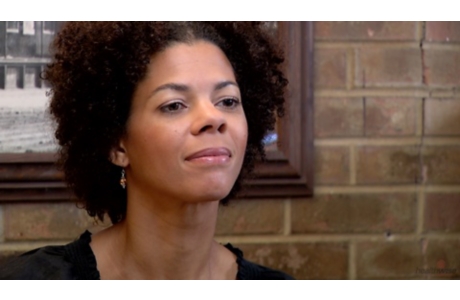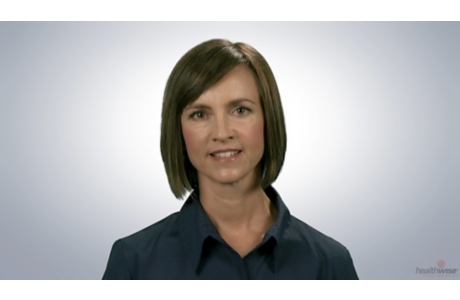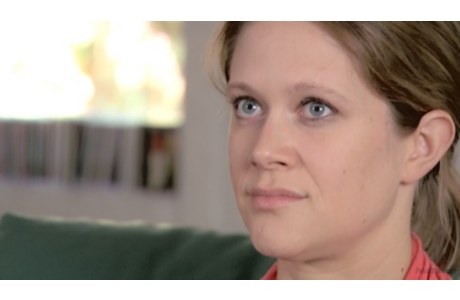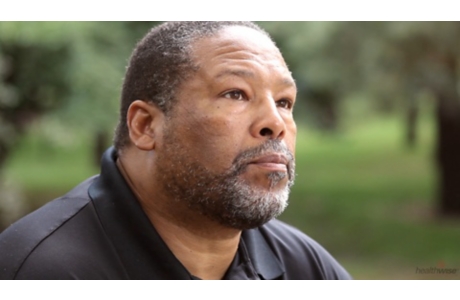Top of the pageActionset
Stress Management: Doing Meditation
Introduction
Meditation means different things to different people, and there are many ways to do it. This topic focuses on a kind of meditation called mindful meditation. This practice may help you relax and relieve stress.
- The goal of mindful meditation is to focus your attention on the things that are happening right now in the present moment. The idea is to note what you experience without trying to change it.
- Meditation can help you relax, because you are not worrying about what happened before or what may occur in the future.
- You don’t need any special tools or equipment to practice this meditation. You just sit in a comfortable position in a chair or on the floor. Or you can lie down, if that is more comfortable for you.
- If your mind wanders, don’t worry or judge yourself. When you become aware that your thoughts are wandering, simply focus again on the present moment. One way to do this is by paying attention to your body. For example, is your breathing fast or slow, deep or shallow?
- Meditation may bring up certain feelings or emotions. If this happens, don’t try to rid your mind of these feelings. Just focus on what you feel at the present moment. Don’t get lost in the thoughts that those feelings might trigger.
How do you practice meditation?
Getting ready
- Choose a time and place where you can meditate without being interrupted. Try to find a quiet place, but don’t worry if there are some noises, such as traffic. That kind of noise is just part of the present moment.
- When you start, try to meditate for only 10 minutes at a time. Then you can increase the time bit by bit. You can also try meditating for 10 minutes in the morning and 10 minutes in the evening.
- Before you sit down, remind yourself that you are there to focus on the present moment. This may help keep your mind from wandering. Your daily routine and other distractions will all be waiting for your attention after your meditation session.
The practice
- Sit in a comfortable position, either in a chair or on the floor. Or lie down, if that is more comfortable. You can close your eyes, or you can look down, keeping your gaze a few inches in front of you on the floor.
- As you sit, start to pay attention to your breathing. This is a good way to focus your attention on what is happening right now. Don’t try to change your breathing. Just notice how it feels in your lungs and chest.
- If your mind wanders, don’t worry or feel bad about yourself. Try to notice your thoughts, such as “I wonder what I will need to do at my 10 a.m. work meeting.” Then let the thought go, and bring your focus back to the present moment and your breathing. You may do this over and over again during a meditation session. That’s okay.
- During your meditation, you may feel certain emotions, such as anger, impatience, sadness, or happiness. Don’t try to hold on to or let go of these feelings. Just notice them. They are part of your experience of the present moment. Keeping your attention on your breathing will help you stay focused and not get lost in the thoughts that your feelings may trigger. For example, if you feel impatient to finish the meditation so you can start the laundry, see if you can focus on the feeling of the impatience rather than thoughts of the laundry. Where do you feel the impatience in your body? Does it feel tight? Does it affect your breathing?
References
Other Works Consulted
- Anspaugh DJ, et al. (2011). Coping with and managing stress. In Wellness: Concepts and Applications, 8th ed., pp. 307–340. New York: McGraw-Hill.
- Freeman L (2009). Meditation. In L Freeman, ed., Mosby’s Complementary and Alternative Medicine: A Research-Based Approach, 3rd ed., pp. 158–188. St. Louis: Mosby Elsevier.
Credits
Current as of: April 7, 2019
Author: Healthwise Staff
Medical Review:Patrice Burgess, MD, FAAFP – Family Medicine & Kathleen Romito, MD – Family Medicine & Adam Husney, MD – Family Medicine & Christine R. Maldonado, PhD – Behavioral Health
Current as of: April 7, 2019
Author: Healthwise Staff
Medical Review:Patrice Burgess, MD, FAAFP – Family Medicine & Kathleen Romito, MD – Family Medicine & Adam Husney, MD – Family Medicine & Christine R. Maldonado, PhD – Behavioral Health
This information does not replace the advice of a doctor. Healthwise, Incorporated, disclaims any warranty or liability for your use of this information. Your use of this information means that you agree to the Terms of Use. Learn how we develop our content.





